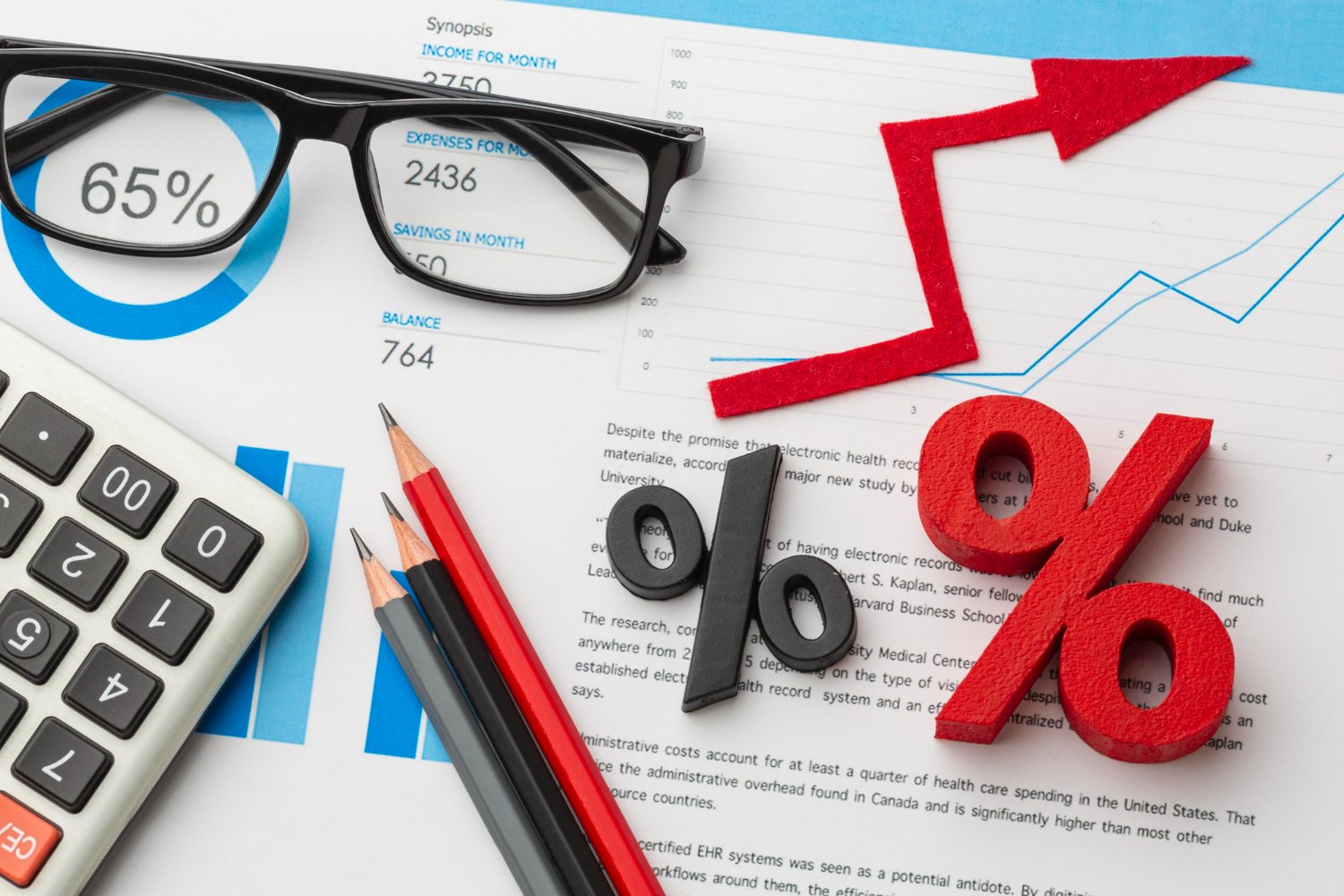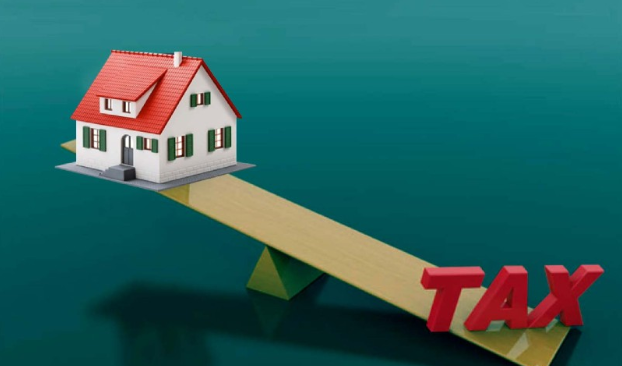Whether you check a credit card or a loan, you generally spot two costs in common- APR and interest rates. Most individuals commit the biggest mistake here. They consider these two terms as the same thing. However, each term has a different meaning and significance in determining the total costs. If you often get confused between the two, then you must read ahead. Otherwise, you may end up fetching a costly credit card or a loan than what you may get. There is no fun in paying more than you ought to. Therefore, let’s discuss this in detail.
What do you mean by APR?
APR, or Annual Percentage Rate, is the total (annual) cost of borrowing expressed as a percentage. It includes interest rates and other charges like loan origination fees, transaction fees and closing fees. This fee may differ according to the loan provider’s terms. It is important to understand that APR only includes the mandatory charges. However, it does not include any penalties or late charges.
Apr is used to compare the loan quotes from different loan companies. Therefore, always check the APR after prequalifying for a loan. Compare the options and choose the one offering the lowest APR given the financial circumstances and needs.
Moreover, you generally encounter a representative APR when filing for a loan or credit card. It is different from the actual APR that you get.
a) Representative APR
It is the rate that the credit providers set up to promote their offerings. If you see a representative APR of 49.9%, it means that 49.9% of eligible customers will get the promotional or representative APR. Not everyone would be eligible for the representative APR.
b) Actual Personal APR
A personal APR is the rate that a borrower gets based on their financial potential and loan needs. It could be higher than the representative APR. You get this after undergoing a detailed credit and financial analysis.
What does interest rate imply?
Interest rate is the cost of borrowing the principal amount. It does not include other fees and the costs of using a credit facility. It is the lump sum that an individual borrows to meet a specific need. An interest rate is mentioned in percentage. In the case of the credit card, instead of the loan amount, interest is charged to the card balance.
Interest rates are influenced and decided according to the economy and the Bank of England. However, the loan provider sets their own by determining risk, competitor rates and the borrower’s finances.
How do APR and Interest rates work on loans?
APR can be fixed or variable. It is calculated based on the amount of the loan, loan repayment, and credit cards. The annual Percentage rate is typically added per month. You can even calculate the interest rate by dividing the APR by 12.
If the APR is 14% and the monthly rate is 1%. If you owe £1000, you pay £10 interest per month. Similarly, you can calculate APR by multiplying the monthly percentage by 12. If a loan charges 12% per month, the APR is 144%.
Let’s analyse APR on a loan. For example, if you have pending bills and CCJ in your report, getting a loan is challenging. However, if you have bad credit, CCJ loans may help. Here, you cannot get over £500. You decide to borrow £400 for a month with 0.8% as the daily interest charge. Here is how your payments may look:
| Amount borrowed | Repayment term | Total repayment amount | Interest |
| 400 | 60 days | 592 (apart from processing fees) | 0.8 (24%) per month |
| 400 | 120 days | 785 (apart from processing fees) | 0.8 (24%) per month |
Now let’s calculate the APR if you 400 for 60 days.
APR = (((Interest + Fees) / Loan amount) / Number of days in loan term) * 365 * 100.
= (((192+58)/ 400) / 60) * 365 *100
So, you must pay £1520 as APR with interest being 1168.
Here, the interest and APR remain fixed for the loan term. You pay 24/per month as interest on the loan. In contrast, you pay 1520 as the total amount as APR on the loan.
How does APR and interest work on a credit card?
Loans typically have lower interest rates than a credit card. It is the reason they are more affordable than credit cards. Moreover, you generally get a high APR on a low credit score. It is due to the risk of non-repayment involved with the borrower’s financial circumstances. It increases the overall cost of borrowing.
As mentioned above, you generally see a representative APR on your credit card. So, here are how your payments may look if you get a representative APR of 49.9% with a promotional period of 12 months. Your remaining credit card balance is 5000, and you can pay only 1000 monthly (minimum monthly payment). You pay a total of £5575.18 with an interest cost of £725.18 alone.
Similarly, if a credit card has a 15% interest rate and a £50 annual fee, the APR will be more than 15%. It is because it considers this £50 for the year. Thus, you pay more APR than interest rates on credit cards.
What should you know regarding APR and interest rates?
The first thing is that interest rates on loans are less than those on credit cards. It means you can meet your daily needs affordably with personal loans rather than credit cards. For example, in emergencies like utility bill payments, they prefer emergency loans with bad credit instead of credit cards. It is helpful if you must pay the bill regardless of CCJ, missed payment and other issues. Here are other facts to know:
- A credit card company charges an interest rate on the outstanding balance.
- You can get a low APR and interest with a good credit score. It makes the loan and the credit card affordable for you.
- You may get better interest rates on secured loans than APR
- Individuals with high income and low debts get a low APR
- APR and Interest rates may differ across providers. So, one must compare before taking one.
Bottom line
Thus, APPR and the interest rates differ in context and implication. They are not the same. The blog lists a clear difference between the two. It will help you analyse the loan and the credit card terms and costs. Focus and choose the provider offering low APR and interest rates. You can work on your credit report and finances to fetch a better APR.
Read about what credit score is needed to qualify for car finance.
















Leave a Reply